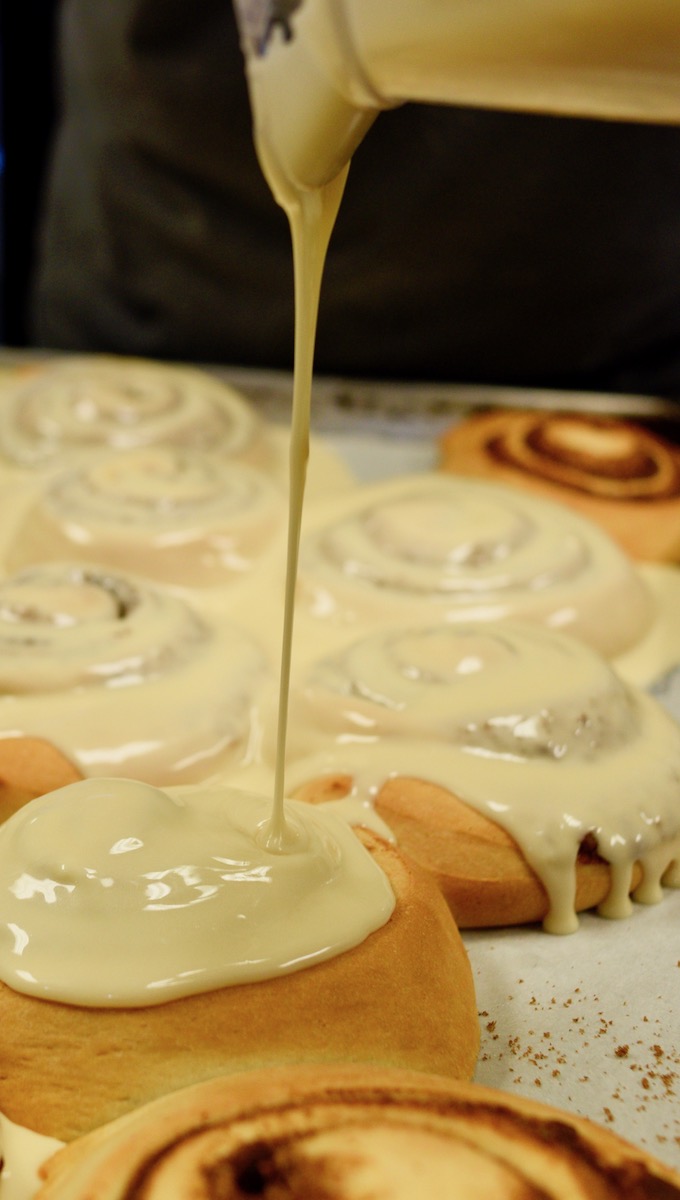Home Bakery Background
Good news for those who both love to raise seasonal produce and love to bake:
Opportunities abound to launch and run a bakery business out of your home kitchen thanks to expanding cottage food laws. These state-specific cottage food laws allow you to use your home kitchen to produce specific non-hazardous food products such as baked goods, eliminating the costly and complicated route of needing a commercial kitchen and various licensing.
Cottage Food 101
Most state’s cottage food laws started around 2008 in response to the Great Recession and forward-thinking states looking to provide opportunities for folks to jump-start their own businesses with a fast-track road to entrepreneurship. Since then, nearly every state not only has a cottage food law in place but in many cases has expanded that legislation over the years to include more items one can sell, increased sales venues and a higher gross sales cap. Over twenty states now don’t even have a gross sales cap. Most states still only allow
As a first step before tapping into the resources of this project, be sure to familiarize yourself with both your state’s cottage food law and any other business start-up issues regarding starting a home bakery business or adding such a component to an existing farm business.
Two helpful resources are Forrager and the book Homemade for Sale, co-authored by project team leader Lisa Kivirist.
Home Bakery 101
With a key goal of this project to support farmers in using more of their farm-raised, abundant produce in creating true value-added baked goods, an important variable to understand is water activity (a w). This term refers to water in food which is not bound to the food and can therefore support the growth of hazardous things like bacteria and mold. To qualify as a “non-hazardous” baked good, the water activity level needs to be .85 or lower. This is the standard we used in evaluating and selecting final recipes for this project.
Water activity level is something that can only be determined through specialized equipment. Valid results would come from this test conducted in a certified lab, which is what we did for all the final recipes in this project. That said, we did fortunately discover that our local community college, Blackhawk Technical College, had a water activity testing kit that we could use for free. This may be a good resource for other home bakers if you are unsure on a recipe water activity level to run a preliminary test locally, before sending a sample to the laboratory which typically charges $30 to $40 per test.
Key Project Learnings
• Squeeze out the water!
Often starting with less water in your produce helps in achieving that final, safe water activity level. For example, with zucchini: sprinkling salt over shredded zucchini which causes the water to drain out, and then wringing the zucchini in a clean towel help take out much water. Of course, we then needed to finesse the final recipe with other ingredients such as oil to keep the overall moisture and taste level solid. The end product still needs to taste good!
• Dry additions & sugar are good!
Adding items like raisins, chocolate chips or nuts help to keep the water activity level in the safe zone as they can absorb water. Sugar is also an ingredient that helps keep water activity lower.
• Small is good!
Baking smaller-sized items generally helps keep the water activity level safer. For example, making zucchini muffins (or mini Bundt pans or other mini shapes) works better than a regular loaf size.
• Add frosting!
Note that in achieving the safe aw .85 level, it doesn’t necessarily mean that “dry” is good and “moist” is bad. There are ways, as you can see in our tested recipes, that you can achieve a moist, tasty, non-hazardous product. If you are finding that in getting to aw .85 the product is turning out drier than you like, we found adding one of our tested frosting recipes can really do a lot for the yummy taste and make the item seem moister.
• Cornstarch helps!
Covering shredded produce in cornstarch helps reduce the water activity level.
• Sugar and citric acid are your friends!
Sugar along with citric acid like lemon juice serve as helpful ingredients when working with recipes to ensure they are non-hazardous.

